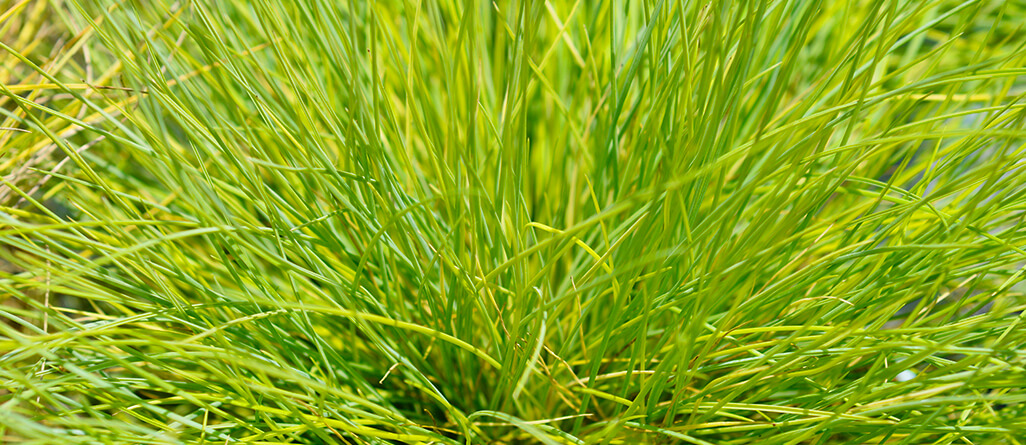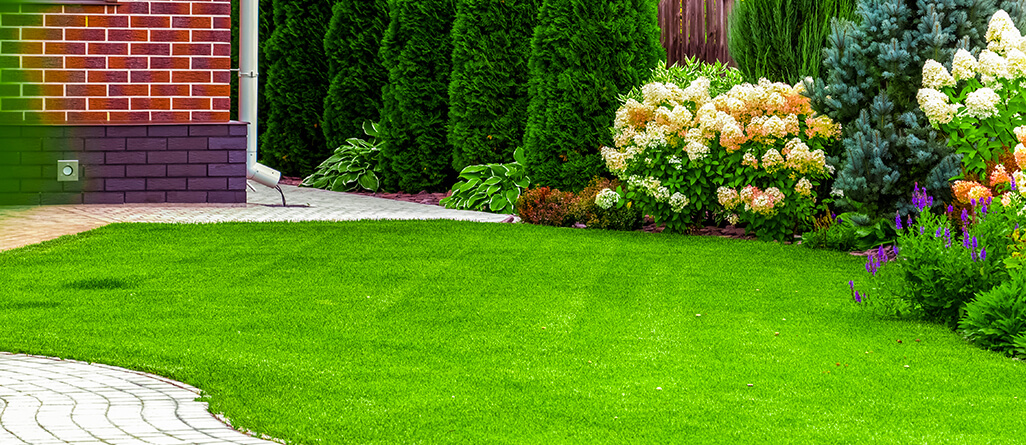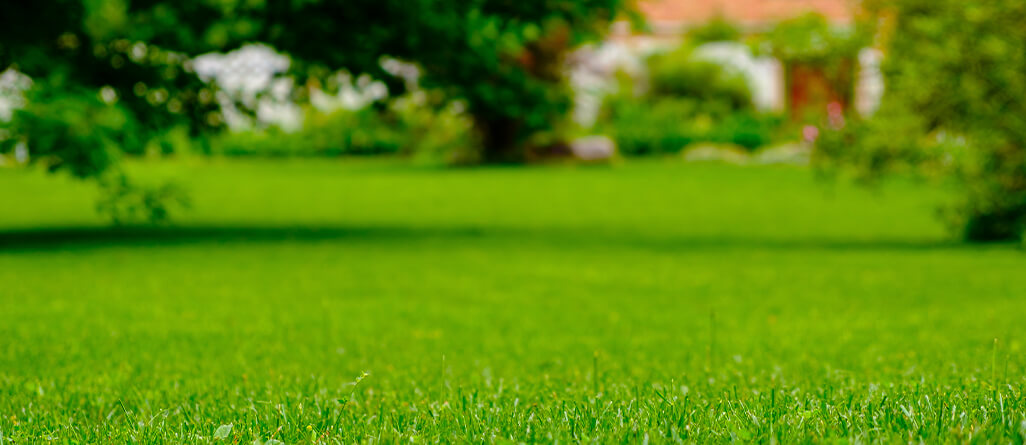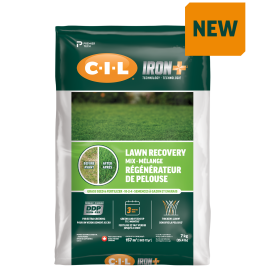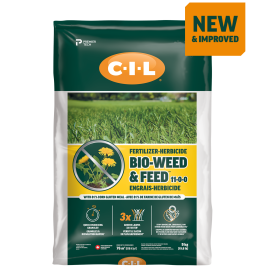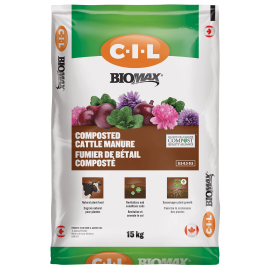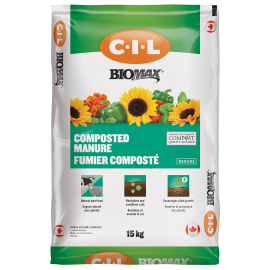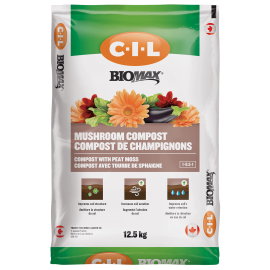The answers to our quiz on lawns!

QUESTION 1
True or false? Grass seed blends always benefit from combining cool-season and warm-season grasses.
ANSWER
FALSE. Turf grasses are divided into two categories: cool-season and warm-season. For Canadian lawns, and those growing in the northern United States, cool-season grasses are best suited because they can withstand cold winters.
Further south, lawns are composed of warm-season grasses, which are completely different. They would not survive winter in northern regions.
If you answered “False”, you get your first 5 points!
QUESTION 2
What is an endophyte?
ANSWER
The answer is C. Endophytes are very important for lawns. They are found in certain grass seeds and have the ability to repel insects. They are beneficial fungi.
If you answered correctly, you get 5 points.
QUESTION 3
What is allelopathy?
ANSWER
The answer is A. Allelopathy is a natural phenomenon present in certain species of turf grasses. It helps to limit the emergence of weeds.
Get 5 points with a correct answer.
QUESTION 4
Which of these turf grasses develop in bunches and not through rhizomes?
ANSWER
Fescue and Ryegrass ! Some turf grasses grow in bunches, and others grow through rhizomes. While plants with rhizomes have the advantage of spreading more quickly, those that grow in bunches generally produce a thicker lawn. A quality blend offers the best of both worlds.
The answers are B and C. Get 5 points if your answer is correct.
QUESTION 5
Which grass grows the fastest?
ANSWER
Ryegrass! Some turf grasses take longer to establish than others. To achieve quick results, some blends include annual grasses that won't survive the winter. This may seem strange, but the explanation is simple.
Annual grasses establish quickly and limit the emergence of weeds while other grasses develop. They also serve as nurse plants for the perennial grasses that will gradually take over all the space.
Ryegrass is probably the most widely used grass in the world, for both forage and turf. This cool-season grass is found almost everywhere in residential lawns, parks and golf courses, in landscaping, along roadsides, and more. It can be annual, perennial or intermediate.
If you answered C, add 5 points.
QUESTION 6
What is the ideal pH for a lawn?
ANSWER
Nutrients are properly absorbed by the lawn when the pH is between 6 and 7. An ideal pH is beneficial to the lawn for many reasons. It increases the activity of microorganisms in the soil to facilitate the uptake of nutrients and vitamins and maximizes the effectiveness of fertilizers to produce a lush, green lawn.
If you answered C, add 5 points.
QUESTION 7
Which statement(s) is/are true?
A. All grass seed types are the same when sown at the right time.
B. Kentucky bluegrass benefits from being combined with other cool-season grasses.
C. Lawns composed of Kentucky bluegrass only are more resistant.
D. Fine fescues stay green all season.
E. Chewing’s fescue is an annual.
ANSWER
The correct answers are B and D.
Of course, not all grass seeds are the same, and relying solely on a product’s name or brand is useless. Choose a high-quality blend that is suited to your environment.
Get 5 points if your answer is correct.
QUESTION 8
Which of the following isn’t a quality associated with ryegrass?
A.Quick germination
B.Tolerates short cuts
C.Gives good results in poor or rocky soils
D.Very high tolerance to trampling
E.Tolerates disease and insects
ANSWER
Ryegrass has many qualities and is found in the best grass seed blends. While it can grow in a variety of soil types, it doesn't perform as well as fescue in dry, poor soils. It performs better in fertile loamy soils.
It is also one of the few turf grasses that can be sown without having to plough, scarify or dig the soil to remove the existing plant cover first.
If you answered C, add 5 points to your score!
QUESTION 9
Leaving grass clippings on the ground after mowing is a good practice, but not…
A. When you’ve waited too long before mowing and more than 1/3 of the grass blade is cut
B. When the weather is humid
C. During periods of extreme heat
D. When soil temperatures are below 15 °C
E. All of the above
ANSWER
All of the above. It is best to use your mower bag to remove grass clippings...
When the amount of clippings is too significant. Rake them to prevent the lawn from being smothered.
In humid weather, or when mowing a lawn that is not dry. Again, grass clippings could smother the lawn. Avoid mowing when the grass is wet.
In hot, dry weather. Cool-season grasses can then lose more than half of their roots and are no longer able to effectively absorb nutrients from grass clippings.
During heat waves, do not fertilize and delay mowing if possible.
When soil temperatures have not yet reached 15 °C. Grass clippings need the help of microorganisms to be converted into nutrients that can be used by the lawn. These microorganisms awaken when soil temperatures warm up. The growth cycle of cool-season turf grasses is rarely synchronized with the availability of nutrients in the soil. Fertilizing at least twice a year helps keep the lawn thick and healthy... even if it has rich soil.
For more information: Fertilizing with grass clippings: Why it can't be enough | C-I-L® Lawn and Garden
You get 5 points if you answered “All of the above”. Otherwise, calculate 1 point for each correct answer.
QUESTION 10
When is it necessary to dethatch?
A. When thatch is more than 1.25 cm thick
B. When you notice the presence of insects
C. Each spring after raking the lawn
D. Each time fertilizer is applied
ANSWER
The answer is A, when thatch is more than 1.25 cm thick. Thinner thatch helps protect grass roots from extreme temperatures. Thicker thatch can promote disease and provides shelter for certain pest insects that attack lawns.
Lawns generally don't need to be dethatched every year. Certain habits, such as leaving grass clippings on the lawn at the wrong time, may require more frequent dethatching. If you do need to dethatch, late summer or early fall is the ideal time.
Get 5 points if you answered correctly.
And the results are in!
What does your score mean? If you got…
BETWEEN 0 AND 15 POINTS
Is the grass greener on the other side? You can easily remedy the situation with our lawn maintenance calendar. You'll see that having a beautiful lawn isn't so complicated. Our product line is designed to make your life easier!
Download your lawn maintenance calendar here: Your lawn maintenance calendar
BETWEEN 20 AND 30 POINTS
You like your lawn to be lush and green, but you don't plan on spending your whole summer on it. We understand! C-I-L products are made for you...
Discover more tips here: Lawn care guide | C-I-L® Lawn and Garden
BETWEEN 35 AND 45 POINTS
You take care of your lawn and know how to recognize quality products. We are proud to have you as a customer!
50 POINTS
Lawns hold no secrets for you! Your neighbours must be green with envy!
You've come to understand that having a beautiful lawn is simple with a few good tips and the right products. That's why C-I-L is dedicated to making your life easier with products that simply work.
Consult our website to find all the information you need to grow a superb lawn without having to spend all of your time and energy on it!
